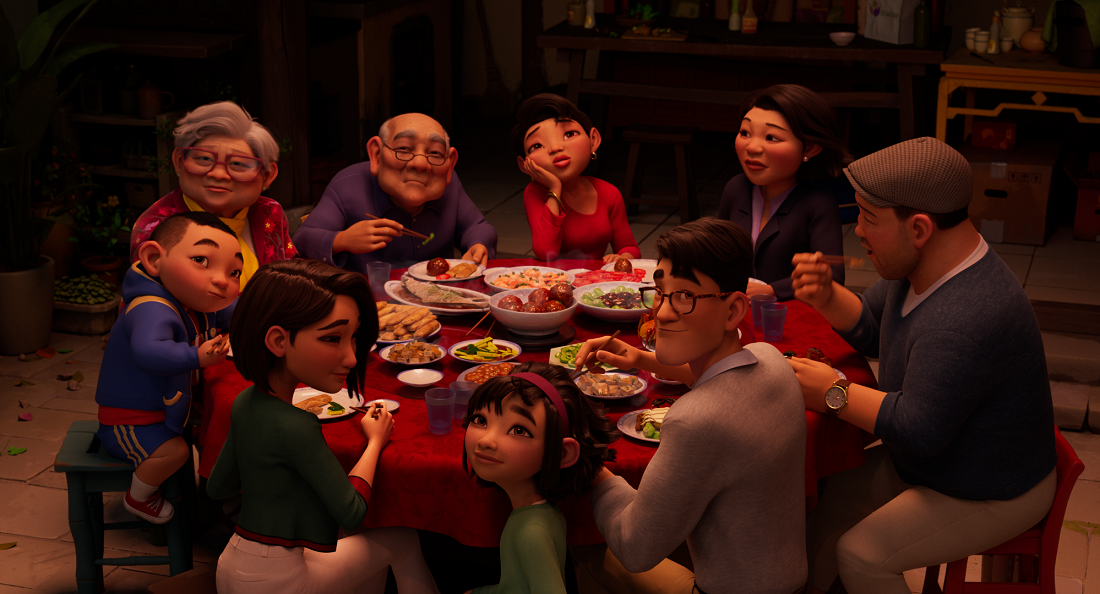Choose the right images to train AI
Now comes a tricky part. It's tricky because it requires us humans to do some thinking. We need to choose the right set of pictures that represent our object. As mentioned in the last unit, the pictures should all include the object, but should be diverse in:
- Camera angle
- Lighting
- Background
- Visual style
- Individual/grouped subjects
- Size
- Type (if that applies to your object)
For this module, the example will be using images of Bungee from the film Over the Moon. You will be choosing your own images. If you want, you can even take your own pictures. Find your favorite pet or stuffed animal and take about 30 pictures of it. Keep in mind everything that's listed in the preceding list.
Other things to keep in mind when you are taking or finding these images:
- They should be in one of these formats: .jpg, .png, .bmp, or .gif.
- They should be no greater than 6 MB in size.
- They should have no less than 256 pixels on the shortest edge.
You will also need to find or take a set of images that you want to use to test your AI. These prediction images should not be used to train the Custom Vision service. They should adhere to the same guidelines, except you want prediction images to be no greater than 4 MB in size.
Spend some time finding or taking images. Be creative! Take some photos with transparent backgrounds, some with only the object at different angles, and some where the object is small. This is your chance to have the service learn what you want it to be able to identify.
Ethics of image recognition
At this point in the module, it makes sense to have a brief discussion about ethics. As with any technology, ethics should always be at the forefront of what solutions you are building. Even if you are just doing an experiment or trying out something, you should be thinking of the implications of what you're doing and how it could affect others.
Remember, Fei Fei built a rocket and flew to the Moon to try to bring her family closer together.

When you are choosing images, make sure they are representative of what the object is. Avoid bias and be inclusive. Being ethical and inclusive in computing practices is not about needing to solve every possible version of a problem. Instead, it's about appropriately representing the problem you are solving.
Here's an example:
Imagine you were choosing to train your Custom Vision service to identify building entrances so that you could add that information on a map created by a camera taking pictures of street-facing businesses. Images that you included had stairs, ramps, and were flat on the ground. If you then created predictions using this trained AI on a new part of the city and automatically included those in your map as viable entrances, it wouldn't be true for everyone. You could be providing information to your users that a business can be entered via the street. But when a user who required a ramp arrived, they could be met with a stairs-only entrance.
You could still build this exact same model but ensure that it is marked appropriately in your maps app as not guaranteeing a ramp when stairs are present. Or, even better, since you already had ramps as part of your training dataset, you could include a tag for ramps and allow folks to opt in to the types of entrances they are comfortable and capable of using.
Before continuing on in this module, take a few minutes to think of the images you want to capture and have a non-human, non-empathetic AI make decisions on your behalf. Think of your worst-case scenarios, and decide how you want to account for them. Even if this activity is a "simple experiment," always being mindful and considering these ethical practices will lead to you naturally engage them when you are making something that could greatly impact the lives of your fellow humans.